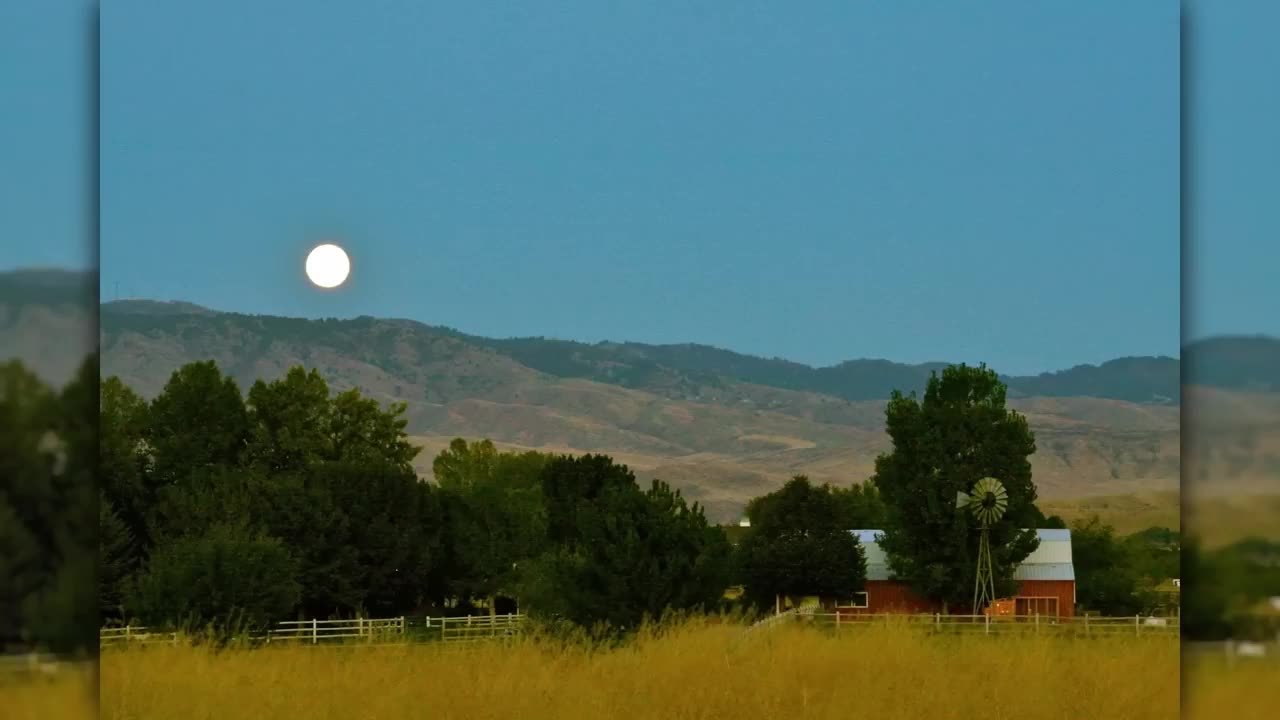Premium Only Content

September 2023 Skywatching Tips from NASA
Venus returns to the morning sky, the Harvest Moon, and in search of zodiacal light…
After brightening our evening skies for most of this year, Venus has now switched over to being a morning sky object. Look for the superheated, cloud-covered planet as a bright beacon in the eastern sky before sunrise throughout the month. It will appear fairly high in the sky from the Northern Hemisphere – reaching 30 to 40 degrees above the horizon by month's end, depending on your latitude.
Meanwhile, Saturn and Jupiter continue this month as easy-to-observe planets. Find Saturn low in the southeast after sunset, with Jupiter rising a couple of hours later. Saturn then sets a couple of hours before sunrise, leaving Jupiter to rule the sky on its own until the Sun comes up. You'll find Jupiter together with the Moon, high in the southwest before dawn on September 4th.
The full moon on September 29th will be the fourth and final supermoon of the year. As we mentioned in last month's video, supermoons are full moons that occur when the Moon is near the closest point in its orbit around Earth.
This month's full moon is also known as the Harvest Moon, being the closest full moon to the September equinox. This is around the time when lots of crops in the Northern Hemisphere reach their peak. The harvest moon provides a few days of bright moonlight right after sunset, which traditionally helped farmers have a bit more time to bring in their crops in advance of the first frost.
-
 24:11
24:11
After Skool
3 days agoThe Hidden Symbolic Meaning of Rebirth in Myths - Agrippa's Diary
15K20 -
 17:13
17:13
Mrgunsngear
21 hours ago $8.01 earnedGirsan MC9 Disruptor X Handgun Review
58.9K3 -
 17:29
17:29
Clownfish TV
23 hours agoDisney Will CENSOR Abu Dhabi Theme Park! No LGBTQ or Shells on Ariel?!
68.5K45 -
 6:57
6:57
DepressedGinger
19 hours ago $0.35 earnedThe craziest 9/11 story you've never heard of...
4.81K4 -
 17:10
17:10
Tundra Tactical
15 hours ago $5.84 earnedEXCLUSIVE Zev Heartbreaker Pistol Hands-On Review!
71.9K3 -
 30:39
30:39
MYLUNCHBREAK CHANNEL PAGE
19 hours agoThe Biggest Heist in Human History
79.4K67 -
 11:34:07
11:34:07
Tommy's Podcast
12 hours agoE725: Nosler, Oregon
69K4 -
 15:32
15:32
T-SPLY
1 day agoDems Turn on Fetterman in Brutal Betrayal!
158K184 -
 1:00
1:00
Damon Imani
16 hours agoHe ENDED Biden's Gaslighting About His Cognitive Decline!
1.82K4 -
 46:21
46:21
SGT Report
17 hours agoAMERICA THE BEAUTIFUL & OTHER REAL NEWS -- Sam Anthony
24.2K41